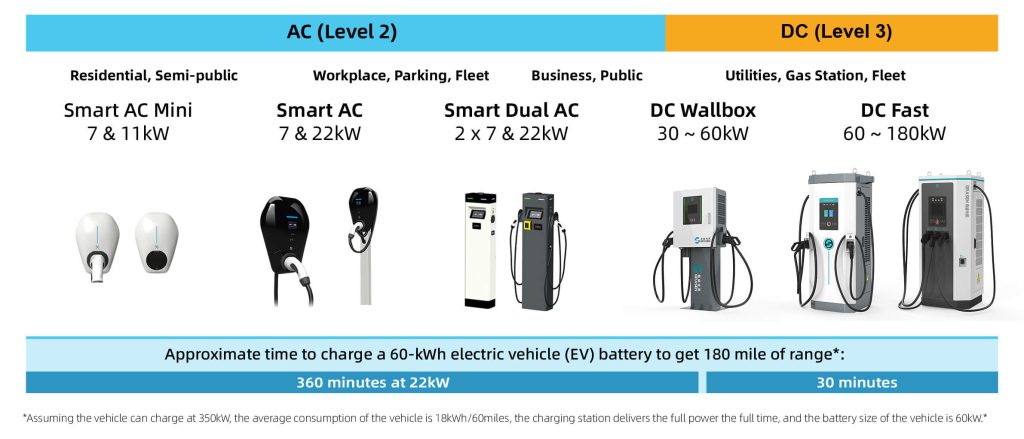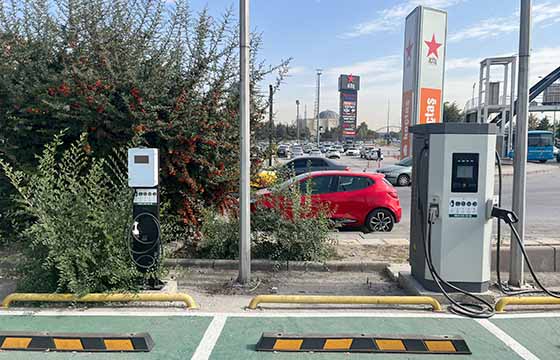Time:
As the popularity of electric vehicles (EVs) continues to grow, the need for efficient and convenient charging solutions becomes increasingly important. One approach to meet this demand is mixing AC and DC charging to ensure that EV owners have access to charging stations that offer faster-charging rates and shorter charging times.

AC chargers, which utilize alternating currents, are ideal solutions for workplaces, public parking lots, and private garages, and provide a slower charging rate than their DC counterparts. However, their ubiquity makes them ideal for topping off a car's battery while it is parked for an extended period.
DC chargers, which utilize direct currents, offer much faster charging speeds, but are far less common and found mainly in commercial charging stations or along highways. Their high power output makes them ideal for quick, on-the-go charging sessions, allowing EV owners to top off their battery in a much shorter time.

Here is a case study in Europe that highlights the benefits of combining AC and DC charging. This charging station utilizes both AC Level 2 chargers, which provide a maximum charging power of 22kW, and DC fast chargers, which offer up to 180kW of charging power.
By offering both charging options in the same location, EV owners have the flexibility to choose the method that best suits their needs.
Furthermore, this charging network also adopts our CSMS (charging station management system) to manage load balancing effectively, ensuring that the charging stations are not overwhelmed by high demand and preserving the durability and longevity of the infrastructure.
If AC is good for long stay times and DC is better for short stay times, why do we need to mix?
A simple answer to the question - When your charging station will have some vehicles with long stay-time and some with short stay-time, mixing AC and DC charging will be the most suitable solution.

This situation occurs at certain public locations such as airports, and train stations, for example. The other places where it frequently occurs are fleet depots for buses or delivery vehicles.
Installing a large number of DC chargers can be a costly endeavor, and utility providers may not allow such high-power installations. This means that the process of expanding charging infrastructure to meet electric vehicle demands will require careful planning and consideration of power limitations.
Overall, a combination of AC and DC charging methods offers EV owners a more versatile and efficient charging option. With infrastructure providers like Electrify America leading the way, we can expect to see more widespread adoption of mixed charging solutions in the future.
Submit Request